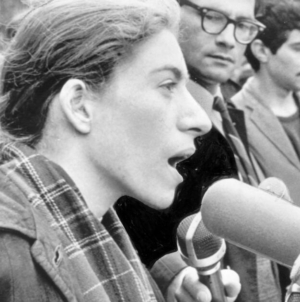The domestic vocational education system is on track to become the world’s leading model by 2030, said Gergely Pálmai, Deputy State Secretary for Vocational Training, at the inauguration of the MOL Danube Refinery’s new Mechanical Training Center.
The newly opened, state-of-the-art educational facility was built with an investment of HUF 1.3 billion (EUR 3.3 million / EUR 1=HUF 394). The training center spans over 1,700 square meters, offering students not only modern theoretical training but also the opportunity to gain practical skills in a real industrial environment. According to Gergely Pálmai, learning close to actual industrial operations ensures that young professionals are better prepared for the challenges of the job market.
The politician emphasized that five years have passed since the launch of “Vocational Training 4.0”, a reform that has restored the prestige of skilled professions.
In recent years, the government has improved conditions for both students and educators, he added. Vocational teaching salaries have increased by nearly 2.5 times in five years, with the minimum teacher salary now reaching HUF 705,000 per month. All students receive a monthly scholarship during the foundational training phase, with high-achieving students earning up to HUF 59,000.
Since 2015, the government has invested over HUF 400 billion in upgrading vocational schools, the politician noted. Currently, renovations worth HUF 96 billion are underway across the country.
Hungary is also advancing in digital education, he said, noting that paper-based exams have been replaced by electronic versions, and digital learning materials are now available across all sectors.
Additionally, the integration of artificial intelligence into the system is being implemented through a 12-point action plan.
Hungary’s efforts are gaining recognition globally, ranking
- 2nd in Europe,
- 3rd among OECD countries, and
- 10th globally in vocational skills competitions.
The government plans to invest an additional HUF 100 billion to further develop infrastructure, raise teacher salaries, and support talented students and those from disadvantaged backgrounds, said the Deputy State Secretary.
Related article
Renewed Vocational Education among the Best in Europe
Organic cooperation is essential between vocational education and the Hungarian economy.Continue reading
Representatives from MOL, one of Hungary’s largest industrial companies, also spoke at the event. Szabolcs Szabó, Group-level DS Value Chain Management and DS Mol Managing Director, said that the newly opened facility is not only a training workshop but also a community space that students, teachers, and Mol colleagues fill with life, knowledge, and experience.
Zoltán Bán, HR Director at MOL Hungary, called the training center a milestone, symbolizing how industry and education must align to ensure a sustainable future. “At MOL, we know that there is no meaningful future without qualified successors,” he noted.
MOL partners with over 10 secondary vocational institutions across the country, reads the company’s statement. Starting in September 2025, 230 students will participate in dual training at MOL facilities. In spring 2025, 81 students graduated successfully through MOL’s programs. This number is expected to grow 2.5 times in the coming years.
Related article
Not Plan B, but a Calling: Hungary Redefines Vocational Education

Minister Balázs Hankó touts global rankings and major investments as 44,000 students begin training in a revitalized system.Continue reading
Via MTI, Featured image: Pixabay
The post Government Aims for a World Leading Vocational Training System appeared first on Hungary Today.
Source link





























